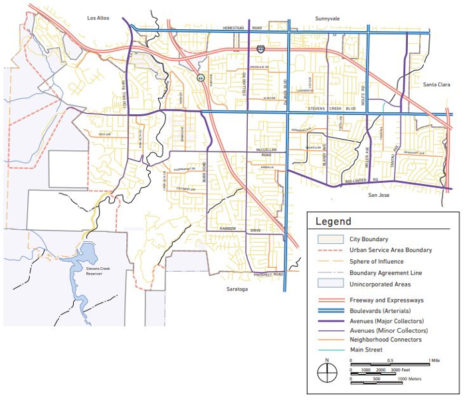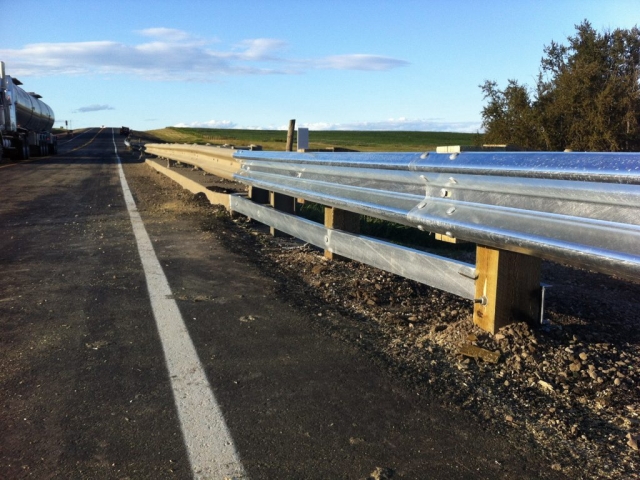

During the construction process, developers made landscaping adjustments, like replacing mulch with rocks around the buildings to reduce accelerants. That’s why fire mitigation has been a top priority for the hotel, according to Chiesa. “There’s no way to predict the way a natural disaster will unfold, and the last few years have certainly taught us that,” said Jennifer Chiesa, the Montage’s director of public relations. The Montage, for instance, is in a moderate severity zone, with high severity areas within close proximity, according to Cal Fire’s Fire Hazard Severity Zones mapping tool. In 2020, the Glass Fire unexpectedly jumped the highway and threatened urban areas of Napa Valley. “People have been talking about September and October becoming like hurricane season in Florida, but we haven’t felt that impact.”Īrguably, all of these new properties are located in areas where wildfires could strike. While the restaurant remains closed, Meadowood has reopened to guests and members at the resort. “We have been talking about it and thinking it would slow down” during fire season, said Patrick Nayrolles, Meadowood general manager. During fire season specifically, demand was down just 8% on average from 2019. According to Visit Napa Valley President and CEO Linsey Gallagher, the region’s 2021 hotel revenue reached roughly 98% of 2019 levels. These businesses are also a boon for the local economy - in 2018, Napa Valley visitors spent $476 million in lodging, according to an economic impact report. Wine lovers continue to seek out luxurious retreats tucked among vines and nature, despite nightly room rates that often exceed $1,000.

Jessica Christian/The ChronicleĬonsistent wildfires have not resulted in less tourism during fire season, which happens to overlap with the popular wine harvest season. The Lavender Pool at Stanly Ranch, which is set on 700 acres. And low-density developments, like resorts, are “especially fire prone,” Broderick said. The state Attorney General’s Office has criticized and delayed several development projects in recent years because of wildfire concerns. “We should not be building in these areas.” “When you bring people to wildfire-prone areas, you increase the wildfire risk,” he said. Humans are responsible for 95% of wildfire ignitions in California, according to Peter Broderick, a staff attorney at the nonprofit Center for Biological Diversity, which sued Lake County over development in 2020. Some of these resorts have undertaken exhaustive and expensive fire mitigation measures to protect their properties and guests, but it might not be enough. Environmental experts say that such development increases the risk of wildfires, yet visitor demand in Wine Country is high. This huge expansion of the tourism industry comes at a contentious time. Another upscale Healdsburg hotel, Appellation, co-founded by chef Charlie Palmer, is scheduled to open next year. Three new Wine Country resorts opened in Napa and Sonoma after the Glass Fire’s incursion: the Montage in Healdsburg, the Four Seasons in Calistoga and Stanly Ranch on the southern end of Napa. But wildfires have not slowed new development, especially when it comes to lodging. It was the third round of devastating wildfires to hit Napa and Sonoma since 2017, and the region has been in a constant state of rebuilding. Less than 24 hours later and 7 miles south, Napa’s most famous resort, Meadowood Napa Valley, also caught fire, leaving its three-Michelin-starred restaurant in ashes. In the early hours of Napa Valley’s 2020 Glass Fire, luxury resort Calistoga Ranch burned to the ground.

Nina Riggio/Special to The Chronicle 2020 Show More Show Less Jessica Christian/The Chronicle Show More Show Less 3 of3Ī three-Michelin-starred restaurant at Meadowood Napa Valley lay in ruins after the Glass Fire. Jessica Christian/The Chronicle 2021 Show More Show Less 2 of3Ī room at Stanly Ranch, which opened in Napa over the spring. The entrance to the Montage resort in Healdsburg.


 0 kommentar(er)
0 kommentar(er)
